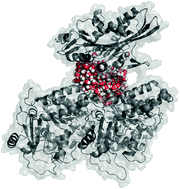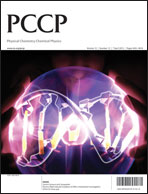Properties of water in the region between a tubulin dimer and a single motor head of kinesin†
Abstract
A kinesin is a molecular motor that can perform movement on a microtubule track in a stepping-like manner. This motion is connected with processes of association and dissociation of kinesin and tubulin.


 Please wait while we load your content...
Please wait while we load your content...